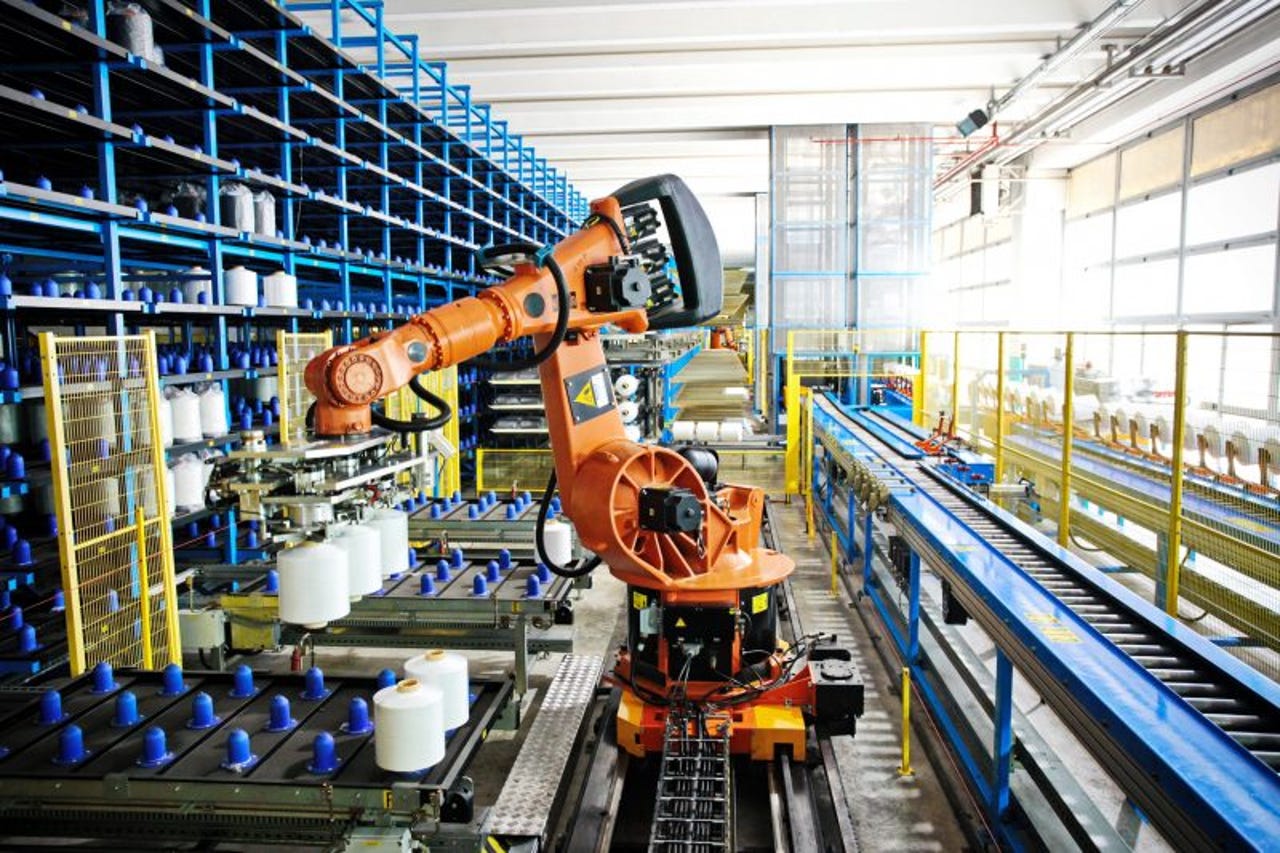Made in China (by robots): A global perspective on the hottest story in automation


Featured
China has been the hottest story in robotics for the past year.
With the Made in China 2025 plan, Xi Jinping's government literally came up with a roadmap for dominating the global robotics industry.
But is the hype warranted? Have recent trade tensions with the US affected China's automation push?
Read also: How 5G will drive down the cost of robots - TechRepublic
For insights, I reached out to Jeremie Capron, Director of Research at ROBO Global, a benchmark index series tracking robotics and AI companies, for a global view of what's happening as China seeks to manufacture a robotic future.
GN: It feels like China's automation industry is just exploding. Is that hype, or is China's push into robotics as massive as those of us who cover automation have been saying?
JC: China is home to the largest and fastest-growing robotics market on earth. Chinese government contracts, such as the Made in China 2025 plan, are fueling R&D into AI technologies and its investments are now rivaling Silicon Valley startups. So far, Chinese activity in robotics and AI is on a rampage and there are no signs of a slowdown in innovation.
GN: That seems, at least at first blush, to be a little bit counterintuitive, doesn't it? China has capitalized so readily on its labor force as its competitive advantage.
JC: Despite China's reliance on a ready labor force and investments in high-end technologies, its developments in these areas are actually lagging compared to other countries. As of now, most of China's high-end technology products remain out of the global export market due to inferior quality and weak distribution channels.
Chinese companies such as Huawei, Xiaomi, Hollysys and SAIC serve only the local market and have low impact on the global export market. It's for this reason that China is racing to innovate in automation.
GN: Is it well-positioned in the global market to pull ahead in that race?
JC: One of the major advantages China has in its automation arsenal is government support -- the Made in China 2025 plan.
China's disadvantages in automation development include product inferiority compared to those of other nations. China's robotics and automation products are not advanced enough to be exported to the broader global market. With that said, we see this changing due to China's steadfast commitment to innovation.
Read also: Robotics in business: Everything humans need to know
China is aggressively investing in AI and may have actually surpassed the US in 2018 in terms of spending on AI technologies.
GN: Are the recent US-China trade tensions having an impact on China's robotics push one way or another?
JC: No one wins in a trade war. However, the tariffs imposed thus far are not likely to have a direct impact on robotics, automation, and artificial intelligence, making this area a potential safe haven for investors.
The tariffs imposed to date were not designed to go after China's robotics industry. More than one-third of goods imported from China are mobile phones, computers, integrated circuits and consumer-focused technologies. After that, toys, sports equipment, furniture and bedding, footwear and clothing make up another large chunk of China's imports to the US
Read also: Robots can now complete tasks by simply observing humans - CNET
If anything, US tariffs may accelerate the recent shift towards re-shoring and boosting investments in the US, which requires a higher intensity of automation to be globally competitive.
GN: How are you forecasting growth of China's automation industries compared to the same sectors in the US? Is the future of automation going to be heavily East Asian?
JC: While China's robotics and automation products are not quite as mature as the rest of the world's are now, we don't foresee them slowing innovation anytime soon.
We believe the future of automation will feature contributions from around the world. Whether that includes East Asia or not depends on the region's ability to improve product quality and expand distribution channels internationally.